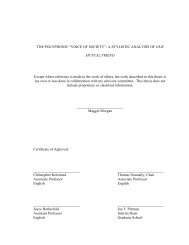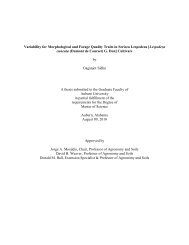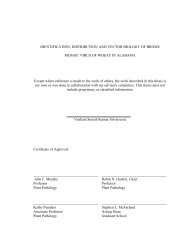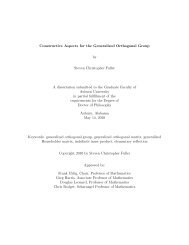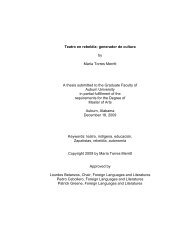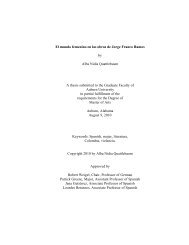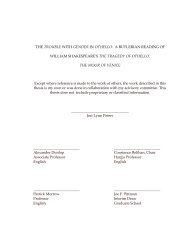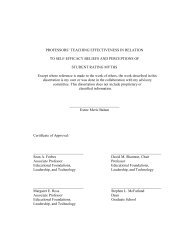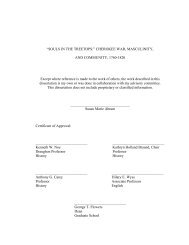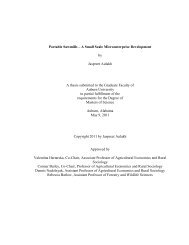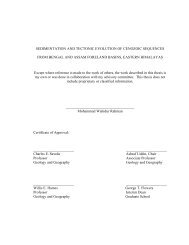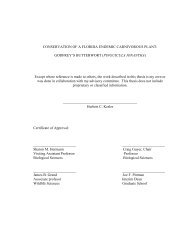Enhanced Polymer Passivation Layer for Wafer Level Chip Scale ...
Enhanced Polymer Passivation Layer for Wafer Level Chip Scale ...
Enhanced Polymer Passivation Layer for Wafer Level Chip Scale ...
You also want an ePaper? Increase the reach of your titles
YUMPU automatically turns print PDFs into web optimized ePapers that Google loves.
4.3 Reliability Test<br />
Common board level solder joint reliability tests include temperature cycling, thermal shock,<br />
temp-humidity-bias, as well as board drop and board bend. Thermal cycling accelerates fatigue<br />
failures in solder joints. It determines the ability of assemblies to withstand cyclical exposures in<br />
real applications. Since the bulk of real-life solder joint failures are caused by the mismatch<br />
between the coefficients of thermal expansion between the component and the substrate, which<br />
results in viscoplastic de<strong>for</strong>mation and low cycle fatigue of solder joints, board level thermal<br />
cycling has become an industry standard <strong>for</strong> assessing solder joint reliability.<br />
In this research, the industry standard JEDEC JESD22-A 104 specifications were selected<br />
as the thermal cycling condition. The cycle temperature was from -55°C to 125°C, with 15<br />
minutes dwell time at each temperature extreme and a total cycle time of 90 minutes. Figure 4.6<br />
shows the time-temperature profile measured by 4 thermocouples attached onto the board and<br />
dies at different locations during cycling. Two test vehicles were subject to the thermal cycling<br />
test. One group was assembled with reference WLCSPs (or control WLCSPs) without coating<br />
material, while the other group was the SolderBrace coated WLCSPs. Each group contained 34<br />
measurement sites (4 boards).<br />
84




